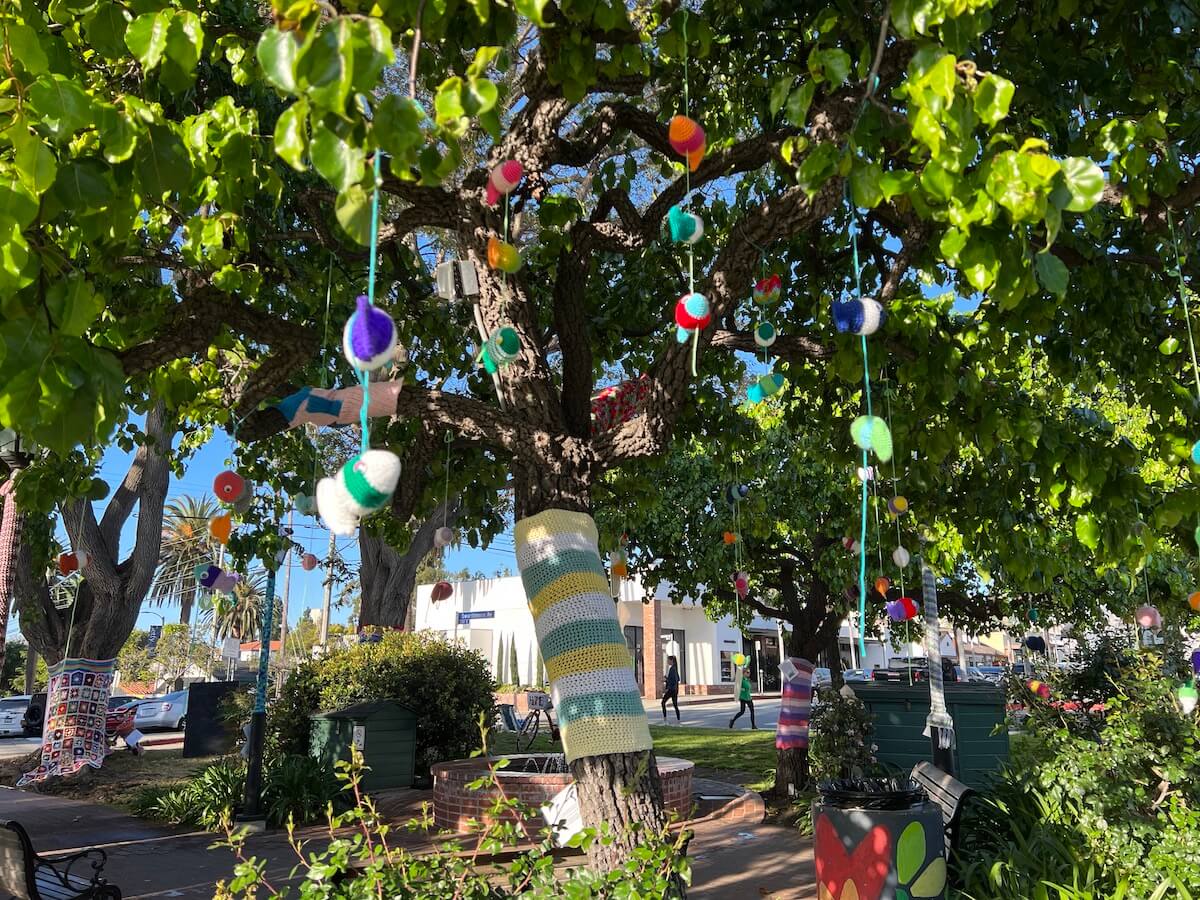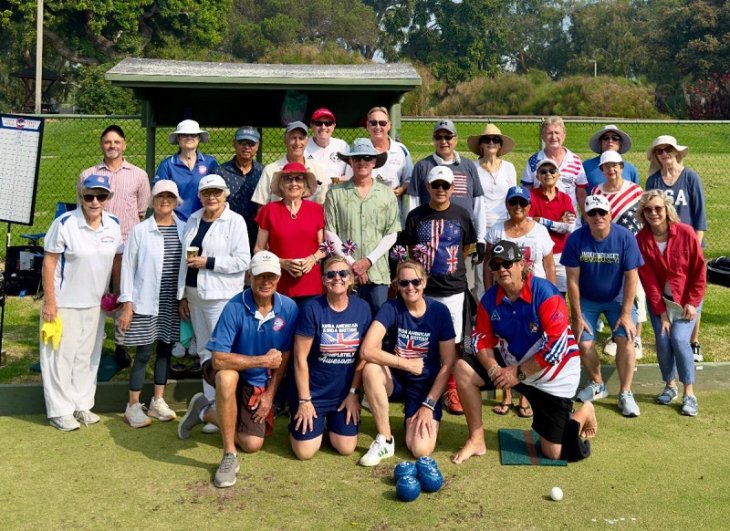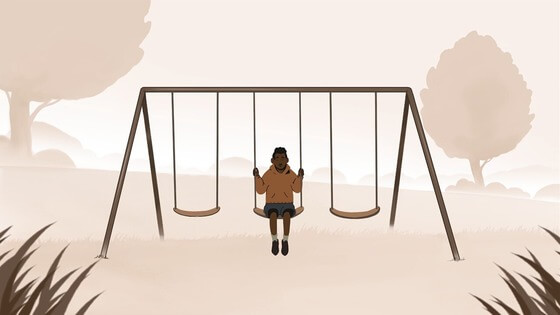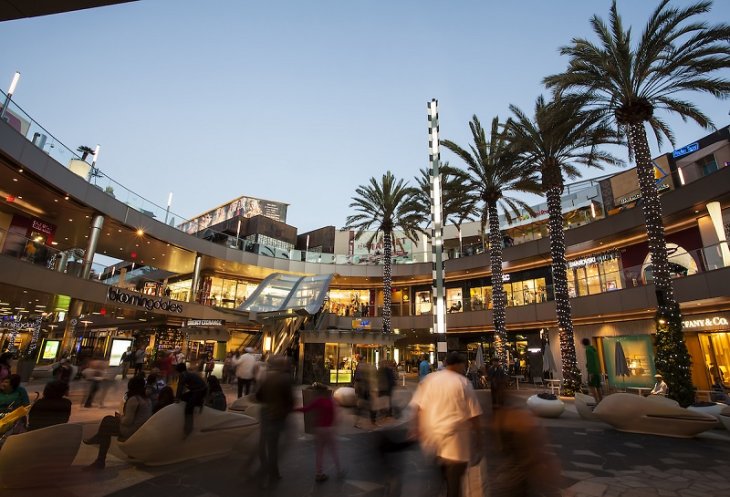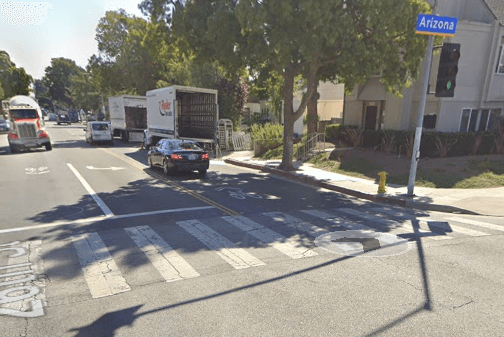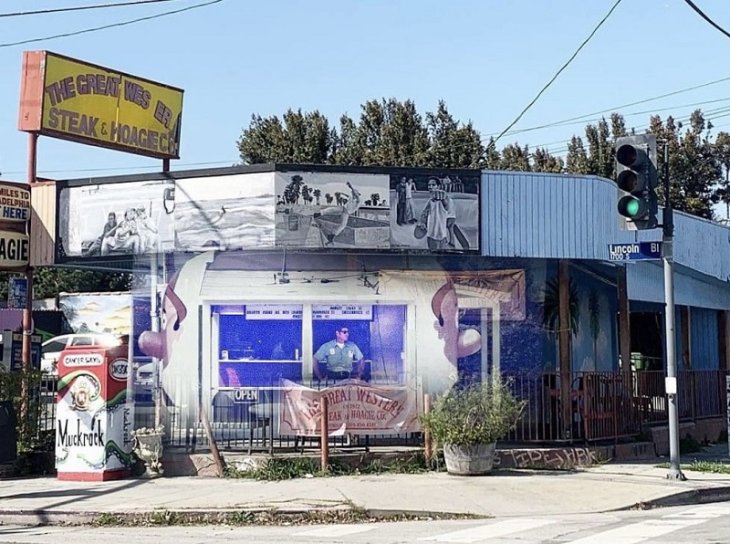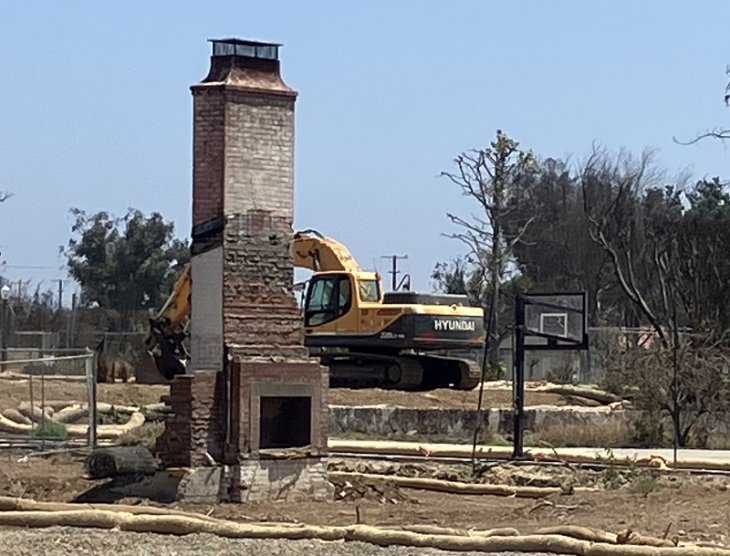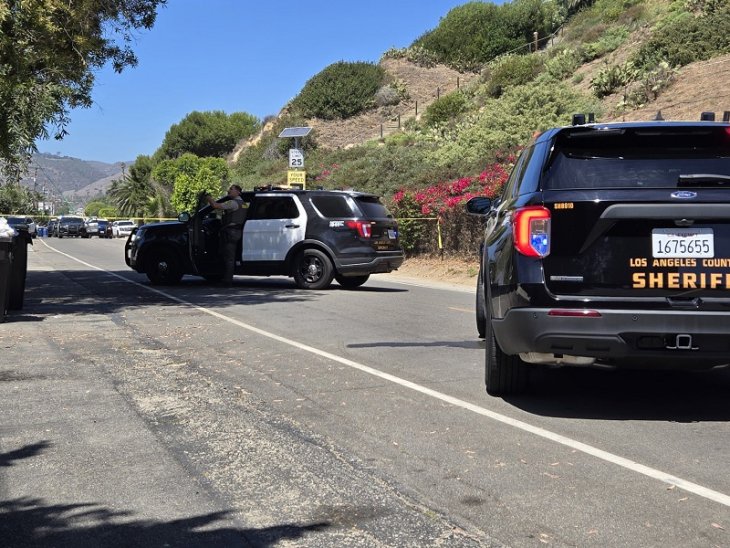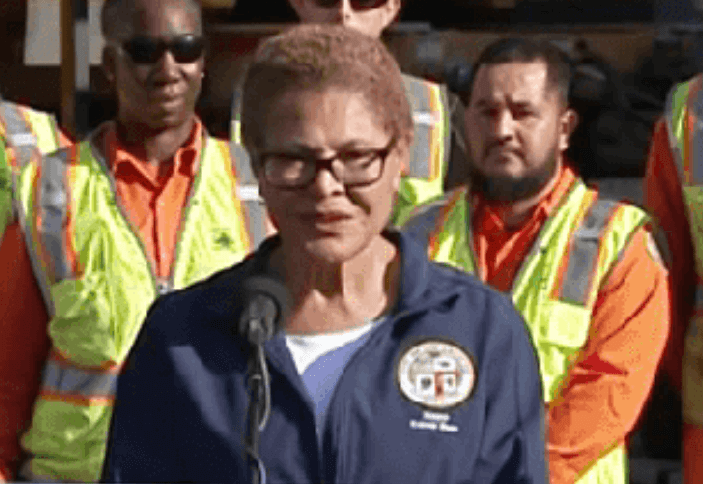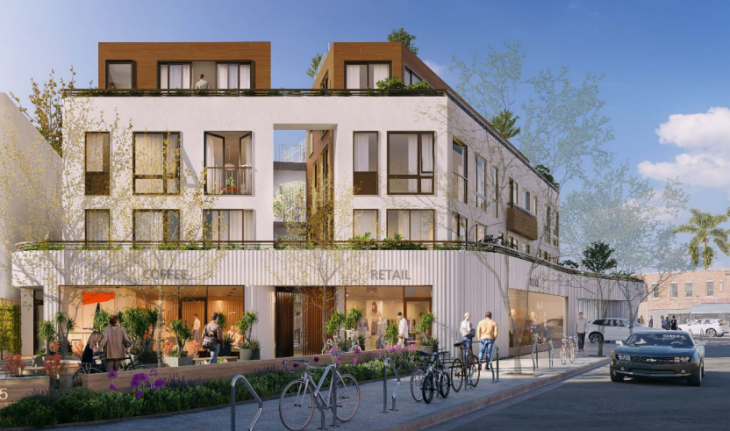Researchers propose blueprint for targeted green strategies that could increase longevity and reduce health disparities among Black and Latino residents in LA
A new study conducted by UCLA public health researchers and colleagues has found that improving tree coverage and access to parks and green spaces in Los Angeles County, particularly in lower-income communities of color, could significantly boost life expectancy for local residents. The study, which was published in the peer-reviewed, open-access journal Environment International, is the first in the U.S to combine life expectancy data at the census tract level with data on parks, trees and overall neighborhood vegetation. Previous research has suggested that parks and greenery have mental and physical health benefits for residents of urban areas, providing clean air to breathe, shade during hot weather, and open and secluded areas for recreation and mental relaxation.
The study’s findings extend those potential benefits and, according to the study authors, provide policymakers with a blueprint for targeted green strategies that could increase longevity among predominantly Black and Latino residents of “park poor” neighborhoods and help reduce health disparities in the region. The researchers found that socially and economically disadvantaged census tracts tended to have far less tree canopy and green space than other neighborhoods – including many on the Westside – and that roughly two-thirds of the county’s Black and Latino populations live in areas with disproportionately less green coverage.
“If policies are implemented where they are needed most, there could be a significant decrease in life expectancy disparities across Los Angeles,” said Michael Jerrett, professor of environmental health sciences at the UCLA Fielding School of Public Health and corresponding author of the study.
Controlling for other variables that could impact life expectancy, the research team developed a model that quantified the relationship between life expectancy and the amount of tree canopy coverage, live green vegetation and accessible park space in Los Angeles County’s census tracts. The team made several predictions, including that if tree canopy and green vegetation were brought up to the county’s median levels in each census tract, residents in areas currently below those medians could gain between 570,300 and 908,800 years collectively in life expectancy. Additionally, if park acreage was increased to the median level of 54 acres in census tracts with below-median park space and tree canopy, approximately 155,300 years in life expectancy could be gained across the county. However, the researchers found that increasing park access in areas already above the county median for green space and tree canopy would not have a significant impact on life expectancy.
The study’s findings could help guide proposals by the County Board of Supervisors and local city councils concerning Measure A funding allocations. Approved by county voters in 2016, the parcel tax measure provides millions of dollars annually, in perpetuity, toward the creation and improvement of parks. A third of those funds are set aside to improve park equity.
The study was supported by the Urban Institute through funds provided by the Robert Wood Johnson Foundation: Visualizing and Powering Healthy Lives grant initiative.

